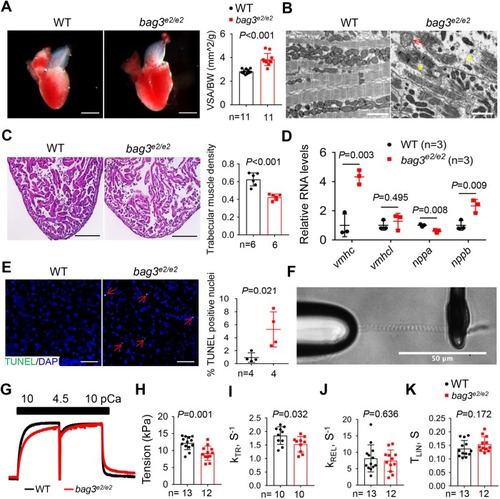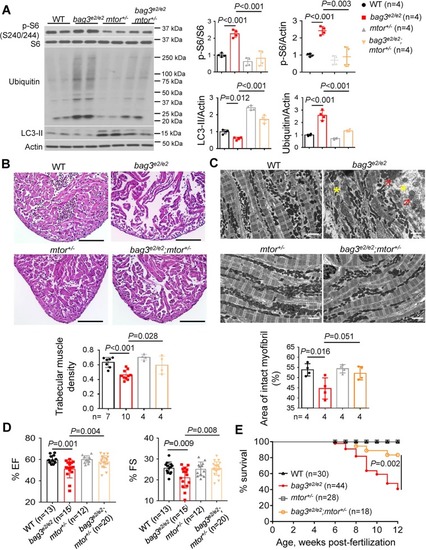- Title
-
Haploinsufficiency of mechanistic target of rapamycin ameliorates bag3 cardiomyopathy in adult zebrafish
- Authors
- Ding, Y., Dvornikov, A.V., Ma, X., Zhang, H., Wang, Y., Lowerison, M., Packard, R.R., Wang, L., Chen, J., Zhang, Y., Hsiai, T., Lin, X., Xu, X.
- Source
- Full text @ Dis. Model. Mech.

ZFIN is incorporating published figure images and captions as part of an ongoing project. Figures from some publications have not yet been curated, or are not available for display because of copyright restrictions. PHENOTYPE:
|
|
PHENOTYPE:
|
|
|
|
|
|
|




